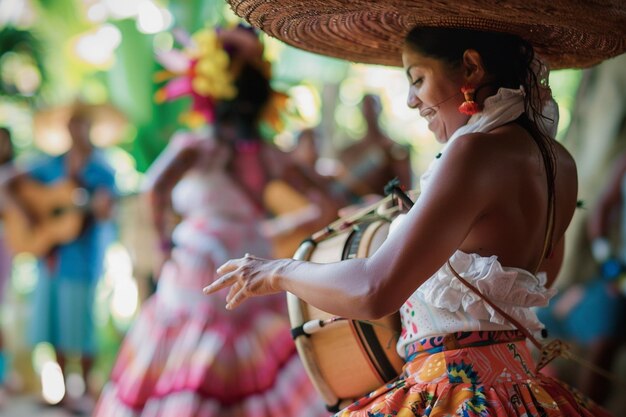
Planning a trip to Honduras and curious about the top spots to visit? This Central American country, bordered by El Salvador, Guatemala, and Nicaragua, offers a diverse range of attractions. While safety concerns have made it less popular among tourists, experienced and cautious travelers will find it a unique destination brimming with beauty.
Honduras boasts stunning national parks, pristine forests, UNESCO-listed Mayan ruins, fantastic diving spots, and charming islands. If you’re an adventurous traveler looking for your next getaway, Honduras might just be the place for you. Here are some of the best places to visit in this captivating country:
The Bay Islands:
The Bay Islands are a group of islands and small cays off the coast of Honduras. Roatan and Utila are the most visited among them. Roatan, the largest of the islands, stretches about 60 km in length and 14 km at its widest point. Known for its luxurious hotels and as a major cruise port, Roatan offers many attractions. Utila, a smaller island closer to the mainland, is more budget-friendly and popular with young backpackers. Both islands are renowned for their diving opportunities, with waters teeming with fish and vibrant corals. Roatan is encircled by the Mesoamerican Barrier Reef, the world’s second-largest reef, just off the shore. Utila is one of the few places where you can see whale sharks year-round, whether you’re snorkeling or diving. It’s also one of the cheapest places globally to get your PADI open water diving certification, with courses costing around $300-$350 USD.
Cayos Cochinos:
Part of the Bay Islands group, Cayos Cochinos consists of two small islands (Cayo Menor and Cayo Grande) and 13 smaller coral cays. Though less known than Utila and Roatan, these islands are worth visiting for their clear waters and one of Honduras’s most pristine coral reefs. Snorkeling here is a top activity. You can take a day trip to Cayos Cochinos from La Ceiba or Roatan.
Rio Cangrejal and Pico Bonito National Park:
Near La Ceiba, one of the largest cities in Honduras, you’ll find Rio Cangrejal and Pico Bonito National Park. This lush jungle paradise is full of hiking trails, offering some of the most beautiful trekking routes in the country. The views are stunning, and there are amazing waterfalls to see. Whitewater rafting on the Rio Cangrejal is among the best in Central America. Other activities include zip-lining, horseback riding, kayaking, mountain biking, canyoning, and bird watching.
Lake Yojoa:
Honduras’s largest lake, Lake Yojoa, covers 79 square km and sits at an altitude of 700 m within a volcanic depression. Rent a kayak to explore the lake for a memorable experience. There’s plenty to do around the lake as well. Hike the Santa Bárbara Mountain, the country’s second-highest peak at 2744 m. The trails are unmarked, so hiring a guide is recommended. The hike offers fantastic biodiversity, pristine nature, and wildlife spotting opportunities. The park is home to more than 400 bird species. Don’t miss Pulhapanzak Falls—take a guided tour to see these impressive falls, which involve swimming through pools and climbing rocks. There’s also a zip line tour available. Beer enthusiasts should visit D&D Brewery, Lodge & Restaurant to enjoy a drink in a lush jungle setting. You can also stay here as rooms are available.
Río Plátano Biosphere Reserve:
Located in the La Mosquitia region on Honduras’s Caribbean coast, the Río Plátano Biosphere Reserve is a protected area along the Río Plátano, from which it gets its name. The reserve shelters numerous endangered species and some of the most extensive forests in Honduras. It preserves one of Central America’s last remaining tropical rainforests and is an untouched area rich in wildlife, including sloths. Recognized as a World Heritage site since 1982, UNESCO listed it as a World Heritage in Danger in 2011. The reserve is popular with ecotourists.
Copán:
Copán is a charming town with a relaxed atmosphere. It’s home to the Copán Ruins, a significant archaeological site of the Maya civilization and one of Honduras’s best attractions. Abandoned in the early 10th century and discovered by the Spanish in 1570, the site features a ruined citadel and grand public squares, excavated in the 19th century. Listed as a UNESCO World Heritage site, it’s one of the most important Mayan sites. Also visit Macaw Mountain Bird Park, a bird rescue, rehabilitation, and release center where you can learn about tropical birds and the conservation programs supporting them.